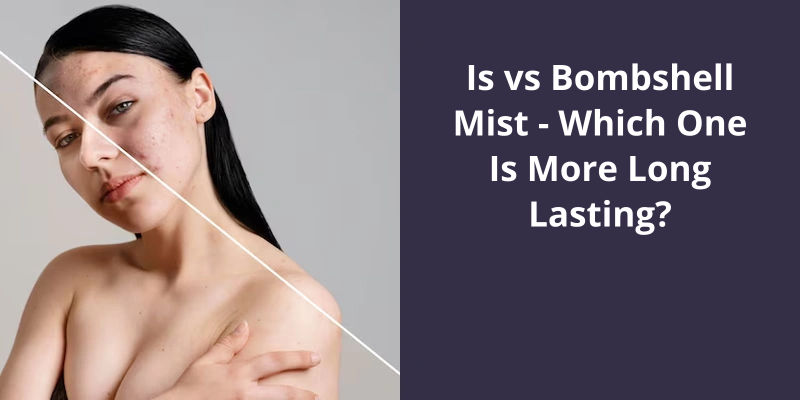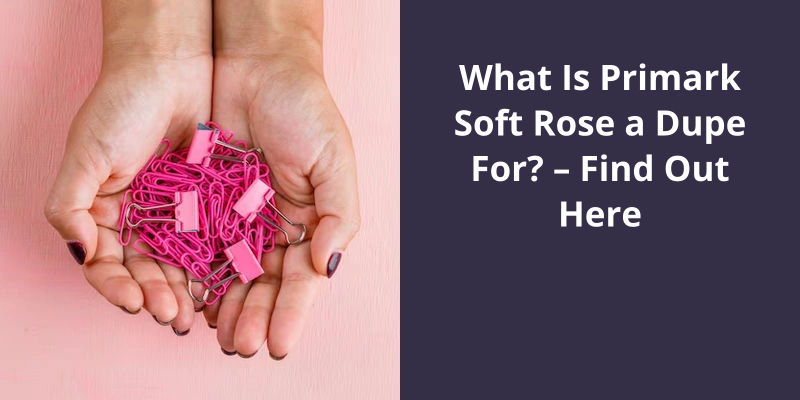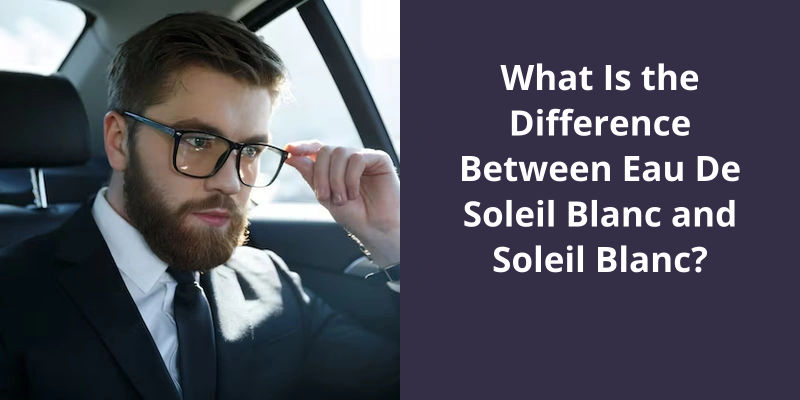Optiphen Plus and Germall Plus are both popular preservatives used in skincare and cosmetic formulas. Optiphen Plus, a paraben and formaldehyde-free preservative, is favored for its broad spectrum of bactericidal and fungicidal activity. It’s ideal for formulations that require a potent, globally approved preservative in a variety of personal care products. On the other hand, Germall Plus is a powerful, cost-effective, and highly compatible preservative, also offering a broad spectrum of anti-fungal and anti-microbial properties. Despite containing a small amount of a formaldehyde-releasing substance, it’s safe to use at recommended levels and works well in a wide range of formulations. The choice between these two depends on the specific requirement, formulation compatibilities, and legal guidelines of the product you are creating.
What Is Optiphen Plus Made From?
It’s specially designed to protect personal care products from bacteria, yeast, and mold growth, which can cause spoilage and reduce shelf life. Optiphen plus is widely used in the cosmetic industry, particularly in skincare and hair care products, due to it’s efficacy and broad spectrum activity against both gram-positive and gram-negative bacteria. It’s emollient base also provides moisturizing properties to the formulations, making it an excellent choice for leave-on products.
Phenoxyethanol is a colorless, oily liquid that’s soluble in water, alcohol, and most organic solvents. It’s a broad-spectrum preservative that effectively protects against bacteria and fungi, without causing irritation or sensitization to the skin. Phenoxyethanol is approved for use by regulatory bodies worldwide, including the US FDA, EU Cosmetics Regulation, and Japanese Ministry of Health.
Sorbic acid, the second component of Optiphen plus, is a natural organic acid found in many fruits and vegetables, including berries, grapes, and cherries. It’s commonly used as a food additive to inhibit the growth of molds and yeasts. Sorbic acid is also effective against bacteria and is often used in combination with other preservatives to enhance their activity. In Optiphen plus, sorbic acid complements the activity of phenoxyethanol, providing additional protection against spoilage organisms.
Caprylyl glycol is a moisturizing agent and emollient that’s widely used in cosmetic formulations, particularly in skincare products. It’s a natural fatty acid derived from coconut oil that’s excellent hydrating and skin-softening properties. In Optiphen plus, caprylyl glycol serves as the base for the preservative blend, providing a smooth consistency and moisturizing benefits to the formulations.
Is Optiphen Plus a Good Preservative?
It’s a liquid, broad-spectrum preservative that’s derived from organic compounds and specially formulated to protect against bacterial and fungal contamination in personal-care products. Optiphen Plus is a highly effective and safe alternative to traditional preservatives such as parabens and formaldehyde-releasing agents.
Optiphen Plus is also easy to use and has a low usage rate of 0.5% to 1.5%. It’s typically added to the formulation during the cool-down phase to avoid degradation caused by exposure to high temperatures.
It’s widely used in the cosmetic and personal care industry and has a proven track record of performance and stability. However, as with any preservative, it’s important to carefully follow the recommended usage rate and formulation guidelines to ensure optimal efficacy and safety.
Comparing Optiphen Plus to Other Preservatives on the Market
- Phenonip
- Germaben II
- Germall Plus
- Optiphen ND
- Optiphen
Preservatives serve an essential function in the formulation of personal care and cosmetic products, ensuring that they remain safe, stable, and effective over time. While there are many preservatives available, optiphen™ plus has become a popular choice for formulators due to it’s unique blend of ingredients and compatibility with a wide range of formulations. But what exactly is optiphen™ plus made from, and how does it work to preserve personal care products? Let’s take a closer look.
How Optiphen Plus Compares to Other Preservatives in the Market
Optiphen Plus is a widely used preservative in cosmetics and personal care products. It’s considered to be effective in protecting against bacteria, yeast and mold growth. Compared to other preservatives, Optiphen Plus offers a broad spectrum protection and requires lower usage rates, making it a cost-effective solution for product manufacturers. It’s also considered to be gentler on the skin than some other preservatives. Overall, Optiphen Plus is a popular and reliable choice for preserving cosmetic and personal care products.
What Is the Difference Between Optiphen and Optiphen Plus?
Optiphen and Optiphen Plus are both preservatives used in cosmetics and personal care products to prevent microbial growth and extend the shelf life of the products. The main difference between Optiphen and Optiphen Plus lies in their composition and the types of microorganisms they are effective against:
- Optiphen:
- Composition: Optiphen is a combination of two preservatives – Phenoxyethanol and Caprylyl Glycol.
- Efficacy: It is effective against a broad spectrum of bacteria, yeasts, and molds, helping to protect the product from contamination.
- Optiphen Plus:
- Composition: Optiphen Plus is a combination of three preservatives – Phenoxyethanol, Caprylyl Glycol, and Sorbic Acid.
- Efficacy: In addition to the broad spectrum of microorganisms targeted by Optiphen, Optiphen Plus also provides antifungal protection due to the inclusion of Sorbic Acid. Sorbic Acid is effective against certain types of fungi and mold, making Optiphen Plus a more comprehensive preservative option.
Both Optiphen and Optiphen Plus are considered relatively mild and safe preservatives when used within the recommended concentrations. They are widely used in the cosmetic industry to maintain product quality and safety by preventing the growth of harmful microorganisms.
When formulating a cosmetic or personal care product, the choice between Optiphen and Optiphen Plus will depend on the specific requirements of the product and the desired level of protection against bacteria, yeast, mold, and fungi. If fungal protection is essential, Optiphen Plus would be the preferred choice. However, in many cases, both preservatives can effectively maintain the product’s stability and safety.
When it comes to choosing between Optiphen and Optiphen PLUS, it really depends on your personal preferences and needs. Optiphen is a great all-natural preservative that’s perfect for those who prefer to use natural ingredients. It contains phenoxyethanol and caprylyl glycol, both of which are gentle and effective preservatives. Optiphen PLUS is a mix of Optiphen with a small amount of sorbic acid, which gives it a broader spectrum of protection against bacteria, mold, and yeast.
If youre making a cream that contains aloe, both Optiphen and Optiphen PLUS can be used safely. In fact, they’re both compatible with a wide range of cosmetic ingredients, including aloe vera gel and other natural extracts. To use Optiphen, simply add it to your cream at a concentration of 1% to 1.5%, depending on the formulation. For Optiphen PLUS, the recommended concentration is between 0.75% to 1.5%.
What Is Germall Plus Made From?
Germall Plus is another preservative commonly used in cosmetics and personal care products. It is a trade name for a preservative system that contains two active ingredients: Diazolidinyl Urea and Iodopropynyl Butylcarbamate (IPBC). This combination offers broad-spectrum protection against bacteria, yeasts, and molds, helping to prevent microbial contamination and extend the shelf life of the products.
Let’s take a closer look at the active ingredients in Germall Plus:
- Diazolidinyl Urea: This is an antimicrobial agent that releases formaldehyde in small amounts, which helps to prevent the growth of bacteria and other microorganisms. It is effective over a wide pH range and is considered a reliable preservative for many cosmetic formulations.
- Iodopropynyl Butylcarbamate (IPBC): IPBC is a fungicide and bactericide that provides additional protection against fungi and mold. It is often used in combination with other preservatives to enhance their effectiveness.
Germall Plus is a popular choice among formulators because it is effective at low concentrations, and its broad-spectrum activity makes it suitable for a wide range of cosmetic and personal care products. It is particularly useful in water-based formulations, where the risk of microbial growth is higher.
As with any preservative, it’s essential to use Germall Plus at the recommended concentration levels to ensure product safety while minimizing the risk of skin irritation or sensitization. Cosmetic manufacturers need to follow regulatory guidelines and conduct proper stability and safety testing for their formulations containing preservatives.
Now that we’ve learned about the effectiveness of Germall Plus A as a preservative, it’s important to clarify whether it contains parabens. Parabens have been a controversial topic in the beauty industry due to their potential health risks, so understanding the ingredients in our skincare products is crucial. Let’s delve deeper into whether liquid Germall Plus is a paraben.
Is Liquid Germall Plus a Paraben?
Liquid Germall Plus is a commonly used preservative in cosmetics and personal care products. However, many people wonder whether it contains parabens, which have received a lot of negative attention in recent years. The good news is that Germall Plus A is a paraben-free preservative, which means that it doesn’t contain any of the controversial chemicals that some people are concerned about.
One of the advantages of using Germall Plus A as a preservative is that it’s highly effective at low concentrations. This means that cosmetic formulators can add just a small amount of Germall Plus A to their products and still achieve a high level of protection against microbial growth.
This means that it can be used in acidic or alkaline products with equal effectiveness. It also means that formulators can adjust the pH of their products without worrying about compromising the efficacy of the preservative.
Alternatives to Parabens as Preservatives in Cosmetics and Personal Care Products
- Phenoxyethanol
- Caprylyl Glycol
- Sorbic Acid
- Benzyl Alcohol
- Dehydroacetic Acid
- Benzalkonium Chloride
- Tocopherol (Vitamin E)
Conclusion
In conclusion, choosing the right preservative for your cosmetic product can make a significant difference not only in terms of safety but also efficacy. While both preservatives can offer broad-spectrum protection against harmful bacteria and fungi, they’ve different compositions and requirements for usage. Whether you opt for Germall Plus or Optiphen Plus, it’s crucial to follow the recommended guidelines and make informed decisions based on your product and it’s intended use.




